5 Reasons Why You Might Want to Refinance Your Mortgage
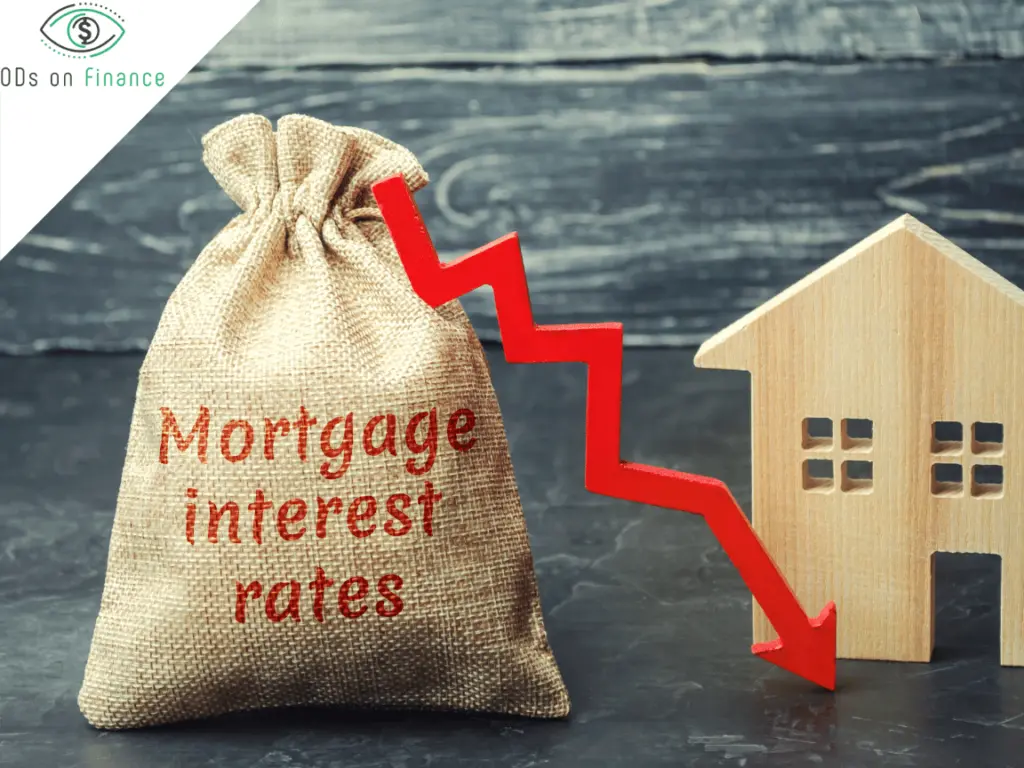
Editor’s Note: This is a guest post written by one of our sponsorship partners. Aaron and Dat are extremely strict about guest requirements in that they must be educational and informative to our readers. Every guest post is vetted, read and upheld to the highest standards of ODsonFinance. Your trust is the most valuable factor to us. We like having experts in their field write on our website, because honestly, Aaron and Dat don't know everything! Enjoy and give us feedback!
Is Now a Good Time to Refinance Your Mortgage?
Yes! However, reducing your interest rate and saving a couple hundred bucks a month is last on the list of reasons to refinance. Why, you might ask? Because reducing your payment alone typically saves you the least amount of total cost and has the lowest impact on your equity and wealth accumulation in your home.
Unfortunately it’s also the only conversation 99% of loan officers have with their clients when they contemplate whether or not they should refinance their mortgage.
Let me give you an example. Let’s assume you are seven years into your loan and you have a 4.00% interest rate. Let’s also assume you can get a 3.49% interest rate today which would save you two hundred forty-eight dollars every month.
“Hey, that’s a No Brainer!”, your loan officer says! "What’s not to like?"
The New Amortization table and starting Over with a thirty-year loan – that’s what’s Not to like!
Yes, you may be saving two hundred forty eight dollars every month, but you are likely going to pay more interest per month at 3.49% than you were at 4.00%. This is because once you are seven years into your loan, the amortization table has you paying less interest and more principal each month.
The further you get into the term of your loan, the more principal you pay and the less interest. That is what an amortization table is all about; the loan amortizes over thirty years with you paying the most interest on the first payment and the least interest (and the most principal) on the last payment.
Nobody ever told you that, did they?
Regrettably, there are a lot of things the finance industry conveniently does not tell consumers. And it’s not like they teach this stuff to most kids in school. If you don’t have a financial education or background, chances are you were never educated and may fall victim to making a serious mistake when you refinance your mortgage.
Now, back to our example. Let’s assume you have that new 3.49% loan for ten years. You would have to assume the $248 savings per month was worth the closing costs by then, right?
Not so fast…
It’s true you saved some interest over 10 years which is a good thing! In this scenario, your interest savings exceed your closing costs by $7,238! #Winning
However, remember how I mentioned your amortization starts over so you would be paying less principal each month? This is where that refinance can bite you in the butt.
If you would have kept on course with the original loan you would have paid down an additional $88,306 of your principal balance, meaning your equity or net proceeds from a potential sale would have increased by $88,306.
With the lower rate refinance, due to the new 30-year amortization, you will only pay down $63,058 in principal.
Wait – What?
Yes, the lower-interest-rate loan saved you $7,238 in interest, but it cost you $25,248 in lost equity when you go to sell your home (#notwinning).
That refinance just cost you $18,010 in lost equity, and the reality is the vast majority of mortgage companies and loan officers don’t invest in the software or have the knowledge to give you this kind of advice.
What I’ve discovered over the last twenty years serving clients in the mortgage industry is it’s not the rate that is most important.
With that in mind, let’s dive into the reasons you might want to refinance your mortgage, and hopefully identify if this is a good time for you to consider a refinance.
Reason #1 To Refinance – Restructure Your Global Debt
This might sound complicated, but it’s not. Last month I was working with a client who already had a significant amount of equity in their home – $370,308 to be exact. They also had a lot of consumer debt.
They had allowed a few credit card balances to balloon, had an auto loan, and many years after completing their education they still had student loans they were paying on.
In total, they had $142,940 in consumer (non-mortgage) debt and were making payments of $2,716 per month on their non-mortgage debt.

When we analyzed their current home and mortgage situation we identified a real opportunity to restructure their global debt load and drastically increase their net worth.
We identified they had $370,308 in equity, and we proposed using about $142,950 of that equity to eliminate ALL of their consumer debt.
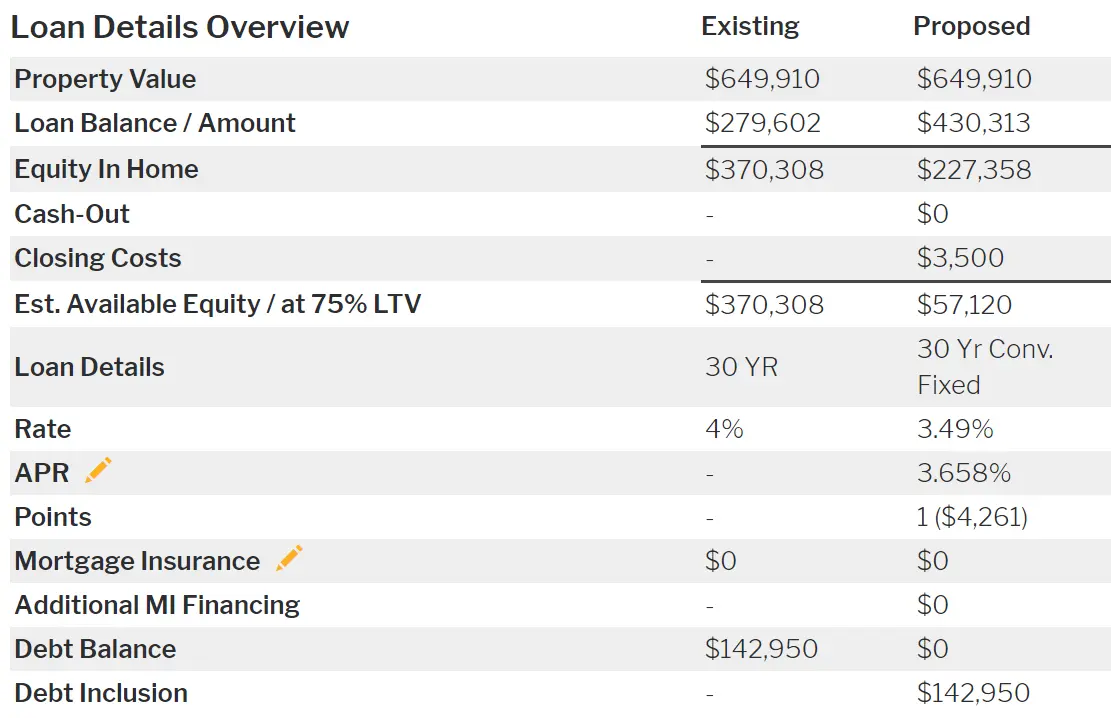
This reduced their total monthly outgoing expenses (mortgage and non-mortgage debt) from $4,598 per month to only $2,284 with their new mortgage payment.
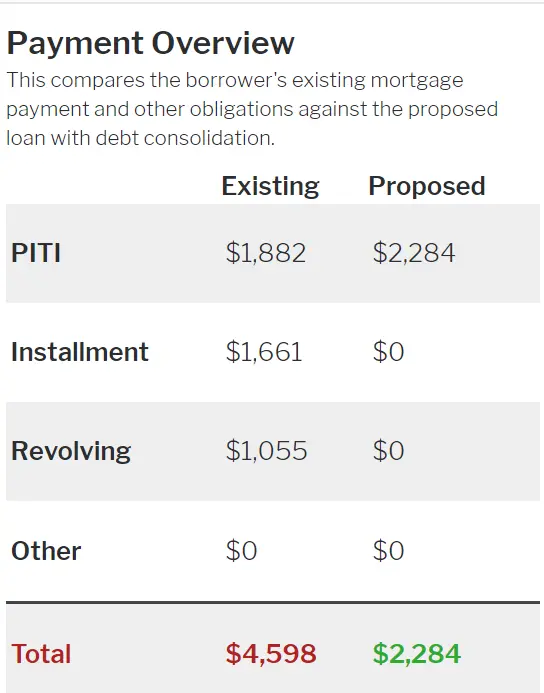
Our advice didn’t end there. Instead of counseling the client to pocket their savings, we educated them on how to maximize their wealth and get to their mortgage freedom point thirteen years faster than their current trajectory.
We showed them that by taking the $2,314 per month they saved by paying off all their consumer debts and applying it to their new mortgage loan, they could pay off the new loan in ten years and one month instead of the twenty-three years and seven months they were looking at with the new loan terms.
With this strategy, the net result of this refinance would be the same monthly outgoing expense but an increase in net worth of $190,994. Sounds like magic, doesn’t it?
"Employing the right mortgage strategy will always have more of an impact on your wealth than just getting a low rate"
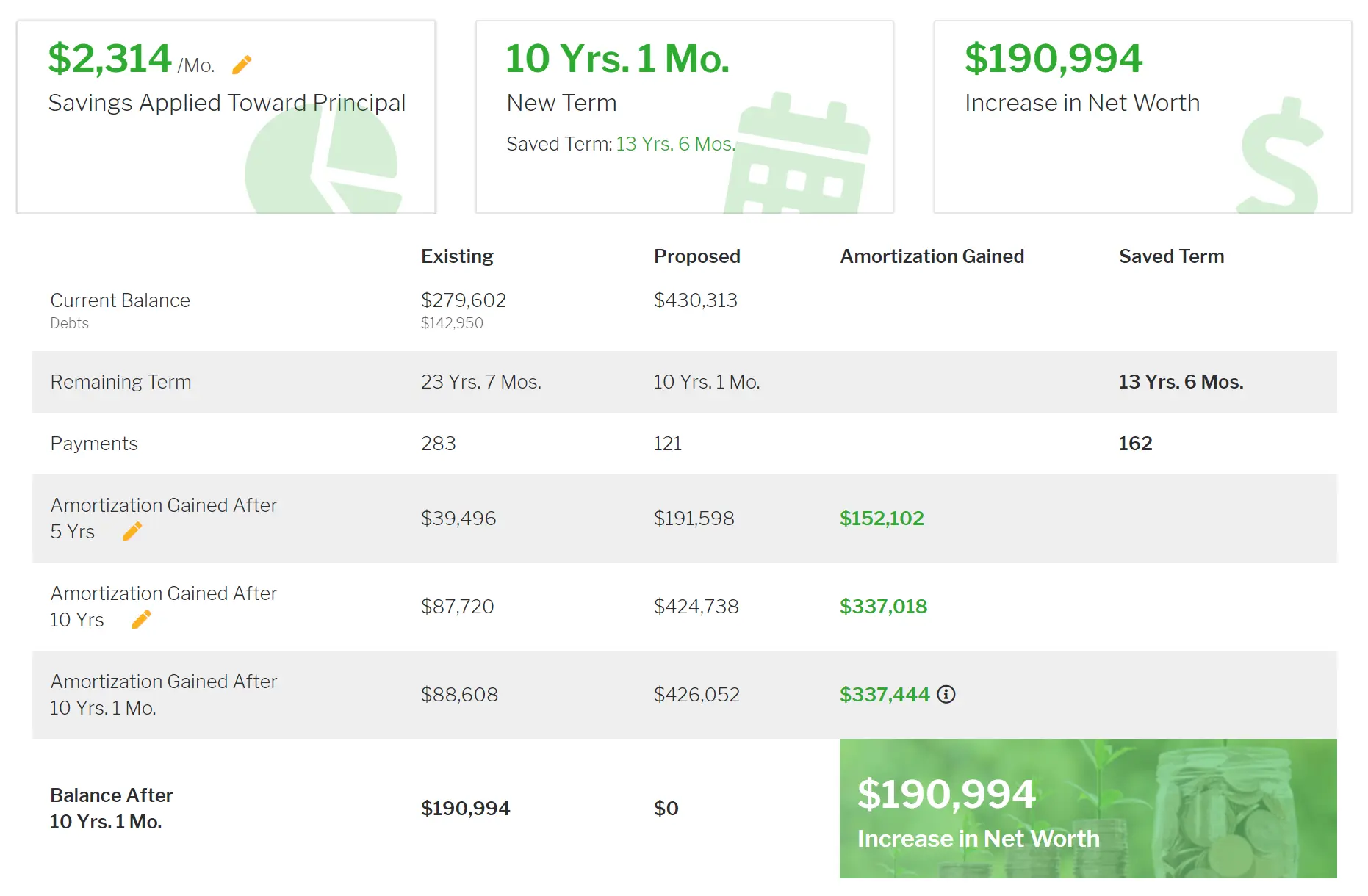
Reason #2 to Refinance – Reduce Your Loan Term
Not every client we advise has a large amount of consumer debt or the equity required to pay off that debt. When a cash-out refinance is not possible, we instead look to maximize wealth and reduce the term of a client’s loan without impacting their monthly cash flow.
I recently worked with a client who had bought their first home with a Federal Housing Administration (FHA) mortgage that included mortgage insurance. The client purchased their home in 2016 and had put forth a down payment of 3.5%.
This client received an awesome interest rate of 3.625% on their FHA loan. Our focus was not on reducing the rate but finding out how to reduce the total cost of the loan.
We were also curious to see if we could build equity and wealth in the home quicker while crafting a plan for them to move up to a new home within five to seven years.
We decided to chart three potential strategies. We wanted to calculate the difference between the current FHA loan and either a 20 or 30-year fixed-rate mortgage. Again, our primary goal with this client was to reduce the overall cost of the mortgage, and maximize the amount of equity the client would have in the home by the seven-year mark which was when they believed they would be ready for their next home.
We showed the clients that the best way to reduce their payment was to refinance their home to a new 30-year fixed-rate mortgage.
Keep in mind, reducing the payment was not the primary goal for this client. Because of this we also showed them a 20 year fixed-rate mortgage option. By going with the 20 year option, they would not start over with a 30 year amortization and thus contribute a greater amount of their payment toward the principal balance each month.
The 20-year fixed-rate option would increase their monthly mortgage payment by $25, but it had a massive impact on reducing their long-term cost and increasing their equity in the home by the seven-year mark.
By charting these strategies against one another, we were able to determine that staying in their current FHA mortgage would cost them $88,749 in interest and mortgage insurance over the next seven years, while refinancing to a 20-year fixed-rate loan would could cost them $66,255 in only interest over the same period. In short, refinancing would save them a total of $22,524 over seven years.
Our second focus was to increase their equity in the home and maximize the amount of principal paid down over the next seven years. The goal of this was to maximize their net proceeds from the sale when they decide to sell their home.
Here’s where it gets interesting. Somewhat surprisingly to our clients, refinancing to a 30-year fixed-rate mortgage came with the lowest principal reduction and would have ended up costing them about $39,000 in equity.
This is because of how the amortization charts work. When you revert to a new 30-year loan, the amortization starts over and now you are paying virtually all interest and very little principal.
If a mortgage advisor would have ignored this fact and simply sold them on a lower payment, it would have cost these clients nearly $39,000 in equity when they went to sell their home.
"This is because of how the amortization charts work. When you revert to a new 30-year loan, the amortization starts over and now you are paying virtually all interest and very little principal. If a mortgage advisor would have ignored this fact and simply sold you on a lower payment, it would have cost you a significant loss in equity when you went to sell the home"
Reason #3 to Refinance – Remove Mortgage Insurance
One of the greatest blessings for the families we serve is the amount of equity they have built in their homes over a relatively short amount of time. We recently worked with a family who purchased their home in 2016 with a 5% down payment.
In only four years, their equity had grown to over 20% and they had an opportunity to remove mortgage insurance, which was costing them $296 every month.
The easiest solution for them would have been to refinance to another 30-year fixed-rate mortgage, remove the mortgage insurance, and pocket the total monthly savings of $439. While this strategy was not bad by any means, it was not the strategy that minimized cost and maximized the wealth in their home long term.
Due to this client’s variable income, they preferred not to be tied to a 20 or 15-year fixed-rate loan payment. They wanted the option to continue making the current payment or, in a tight month, have the option to make the lower payment with a new 30-year fixed-rate loan.
We charted three potential strategies for the client.
The first was the current mortgage with mortgage insurance. We charted this against a new 30-year loan without mortgage insurance (note the $439 monthly savings). We also showed them that by continuing to make the same payment they were currently, they would uncover a massive amount of additional savings and wealth.
We showed how, over the life of the loan, the new 30-year fixed-rate option would save them approximately $76,258. This route absolutely would have improved their position, but it was still not their best strategy.
The third strategy showed them refinancing to a new 30-year loan but continuing to make the same monthly payment. This strategy saved them an astounding $160,618 without increasing their monthly payments at all.
This was a classic example of strategy winning over rate. We see time and time again that the best mortgage strategy always trumps the lowest rate in the long run.
When we consider the best strategy for a client, we try to understand their global debt situation. This includes how much equity they have in their home currently, how long they intend to live in the home (or keep the debt on the property), and the client’s cash flow and liquidity situation.
Reason #4 to Refinance – Pull Cash Out For Investment
Ultimately, our job is to help our clients think about their global debt structure – both mortgage and non-mortgage debt – the same way companies and investment funds think about debt. When it is under control, debt can be a tool used to maximize your asset accumulation and net worth. We help our clients evaluate their debts and assets and help them uncover the ideal structure to minimize cost and maximize wealth.
I recently worked with a physician family who had done an astounding job living frugally with very little debt and student loans at a ridiculously low rate. However, they had very little in assets.
While they were making minimum contributions to their 401ks, their kids’ 529 college plans, and their Health Savings Plans, the reality was that was not going to be enough for them retire comfortably. Relying on a 401k alone was not going to afford them the freedom to travel and do everything they wanted to do in retirement.
They were anxious to fast track their retirement, and they wanted to see if a different mortgage strategy could help.
We charted three potential strategies against their current loan. The first strategy was a simple refinance to the current market rates at the time. On the surface, this strategy looked great and would have decreased their monthly payment by $557.33.
However, the payment reduction did very little to accomplish the clients’ goals of fast tracking their wealth for retirement.
The second strategy assumed they would refinance to a new 30-year fixed-rate loan and set up an automatic transfer to systematically invest the savings of $557 per month. We assumed a 6% rate of return on those funds and looked at the long term impact this would have on their wealth after 30 years (see net worth in 30-year graph below).
The third strategy, which was the most aggressive by far, also yielded the greatest total wealth impact. In this strategy we looked at a cash-out refinance and withdrew $274,816 from the equity in the home. We assumed the funds were invested for 30 years at a 6% rate of return.
The results were fascinating. We saw that with their current situation under the 30 Yr. Fixed strategy, their home would be paid off and valued at roughly $3,034,078 after 30 years (assuming a 3% real estate appreciation rate).
We then looked at the scenario where they would automatically invest their monthly savings from the refinance and uncovered an additional $559,846 in wealth.
Finally, we looked at the cash-out strategy. Granted, this loan was not a reduction in payment but would actually result in their payment going up by $798 every month.
However, when we really dived into the numbers we discovered that the long-term impact of this strategy was huge. While it would cost them an additional $433,750 in payments compared to their current loan, it would result in a net worth increase of $1,655,100.
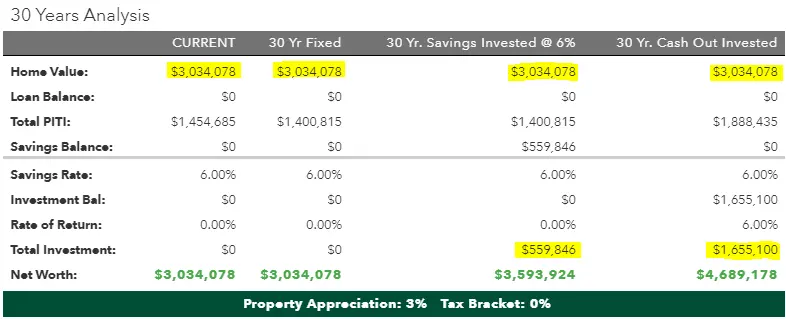
This increased cost was nearly one quarter the amount of the increased wealth, meaning a nearly four hundred percent return on their investment. Ultimately, this was the strategy the clients decided to go with.
Reason #5 to Refinance – Lower Your Payment for a Little Breathing Room
The last reason to refinance on our list is to simply reduce your rate, start fresh on a new 30-year fixed-loan, and begin the amortization from month one.
Although this strategy has the least impact on your total cost and wealth, it is a strategy that is best for the mental sanity of our clients in some situations.
Sometimes, our clients find themselves living too tight. Maybe they are helping family with other expenses or working through an advanced degree or residency. In these situations, a little breathing room and a lower payment are key.
This is perfectly OK as long as they have uncovered and contemplated every refinance strategy available to them and they are making the decision that is best for their family.
What I’ve learned over my nearly 20-year mortgage career is that no two families are the same. Each financial situation calls call for special advice and unique strategies to ensure they are maximizing their equity positions and minimizing their total cost over the time they plan to be in their mortgage.
"I don’t believe anyone needs to be in a huge rush to refinance today. Interest rates are historically low (near a record low as I write this article), and I expect them to stay this way throughout 2020"
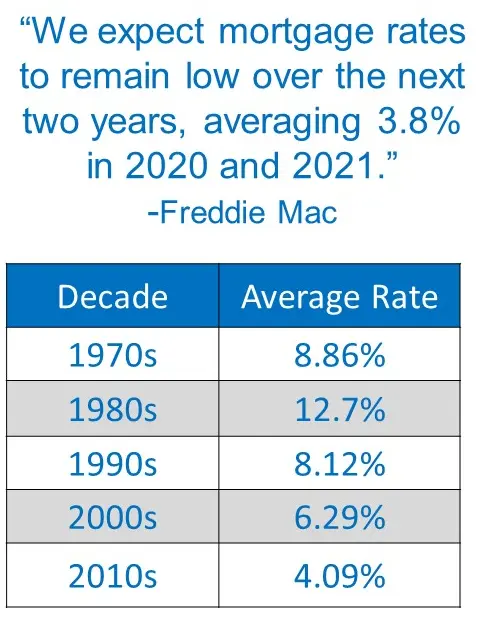
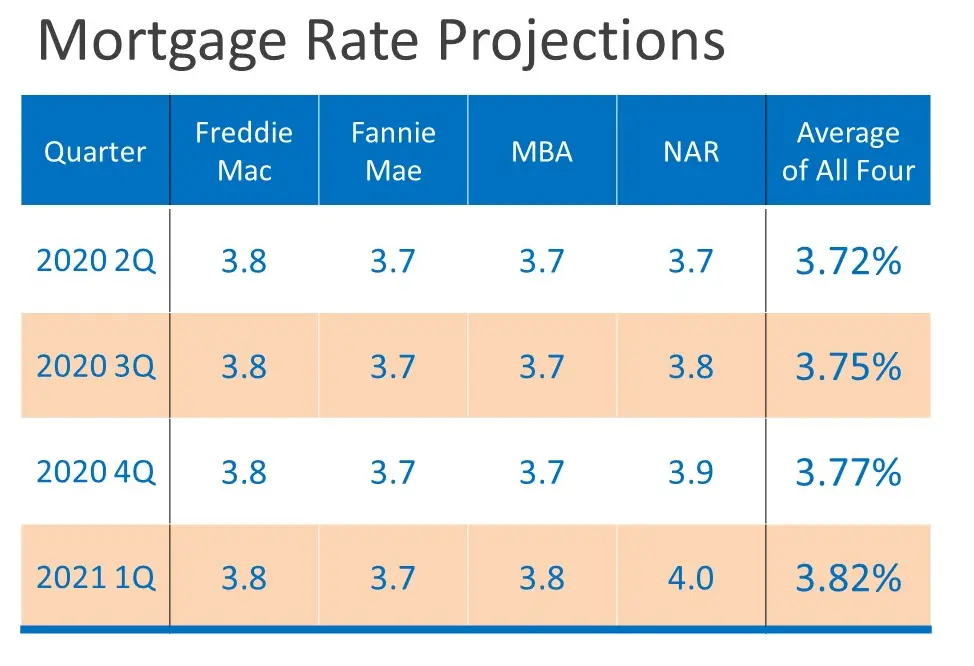
I tell clients to look at the options and not rush to make a decision. We will help you explore the different strategies and determine which one meets your individual needs. Once we’ve determined how much savings is available to you it will be possible for you to make an educated decision.
If you would like more advice or assistance in determining whether refinancing your mortgage is in your best interest, we would love to help you put a plan in place.
Interested in Buying, Refinancing a Home or if a Doctor's Physician Loan is right for you? Check out our list of Recommended Mortgage Experts

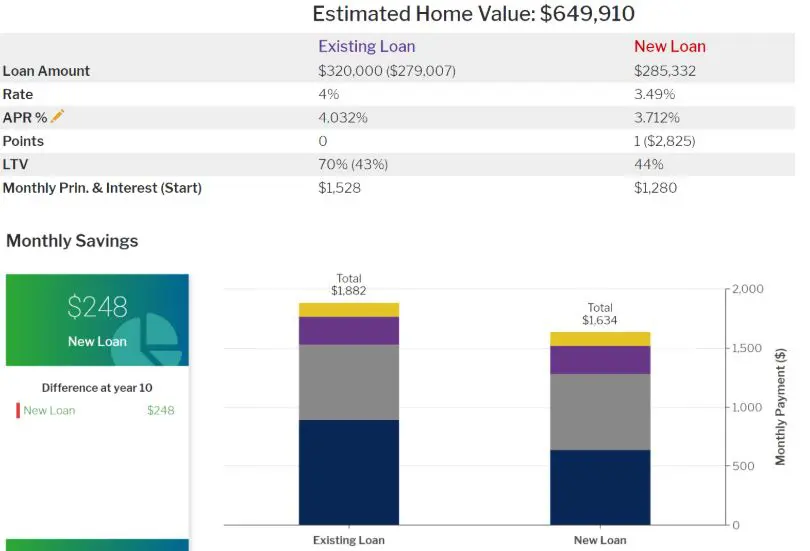
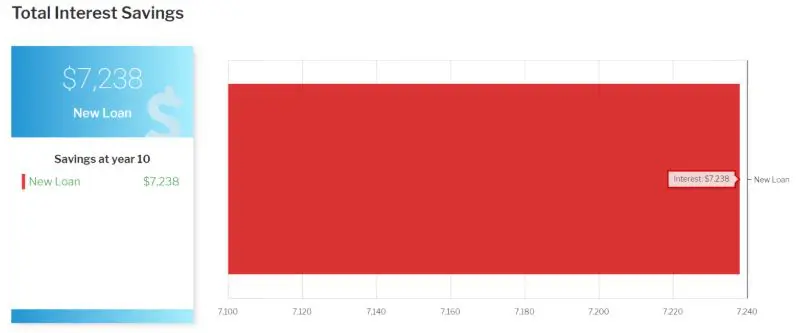
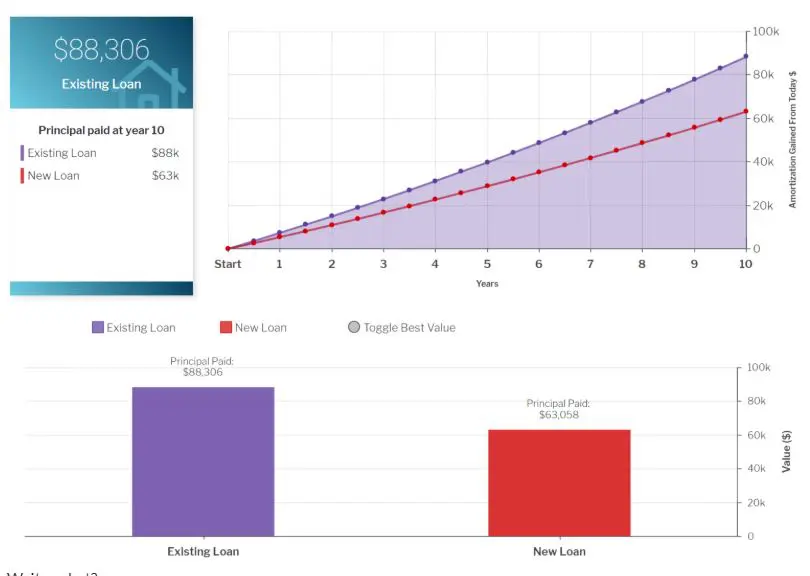
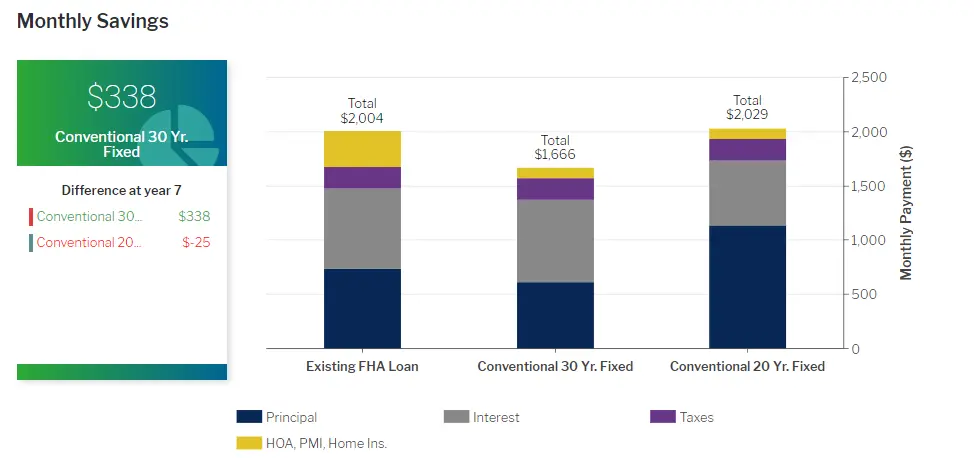
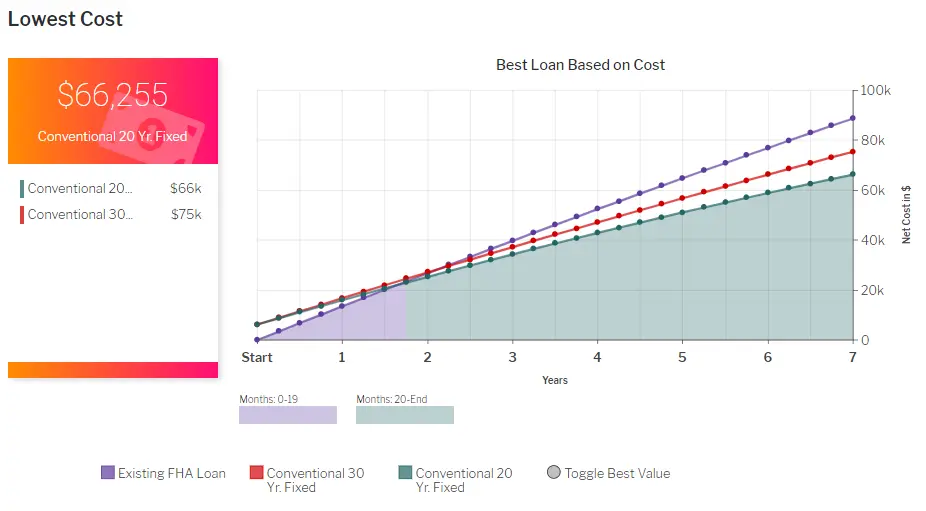
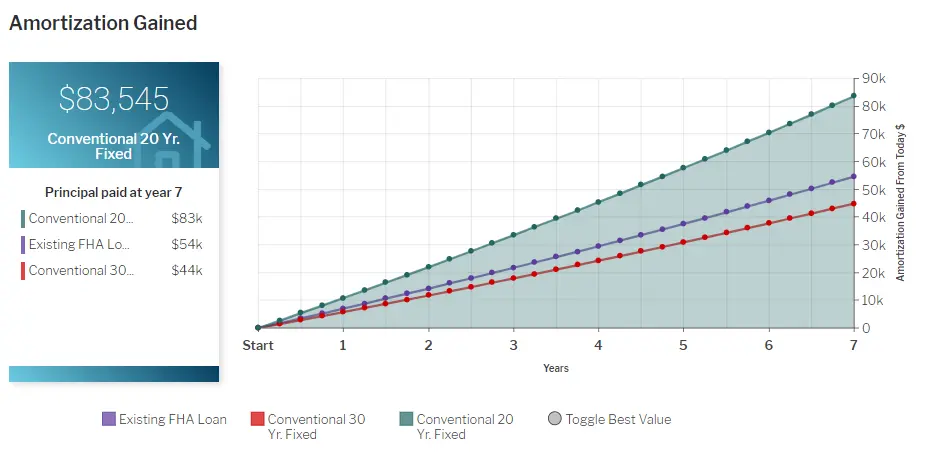
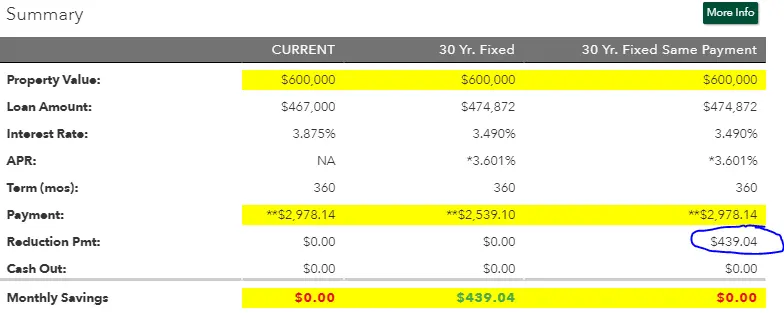




Facebook Comments